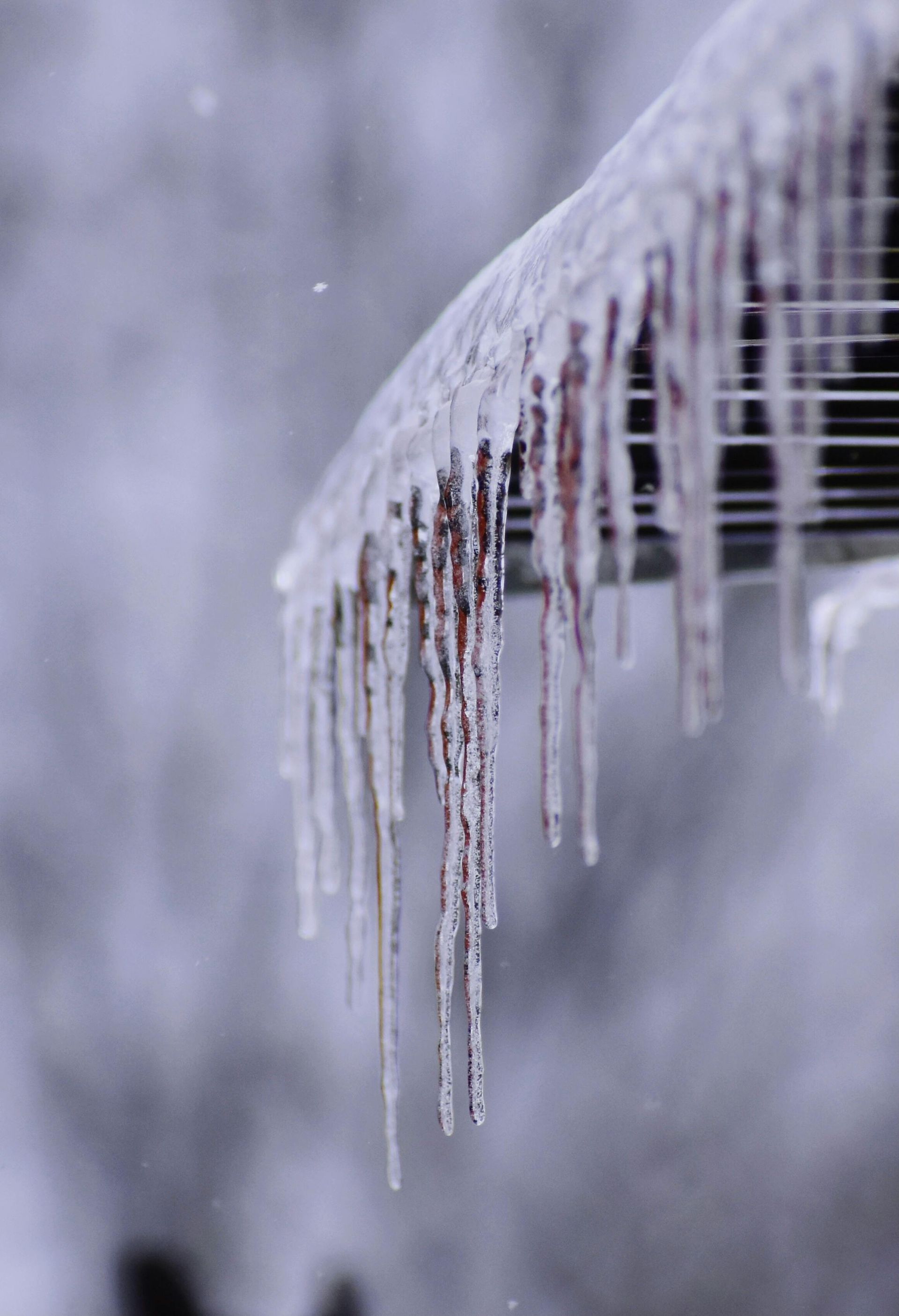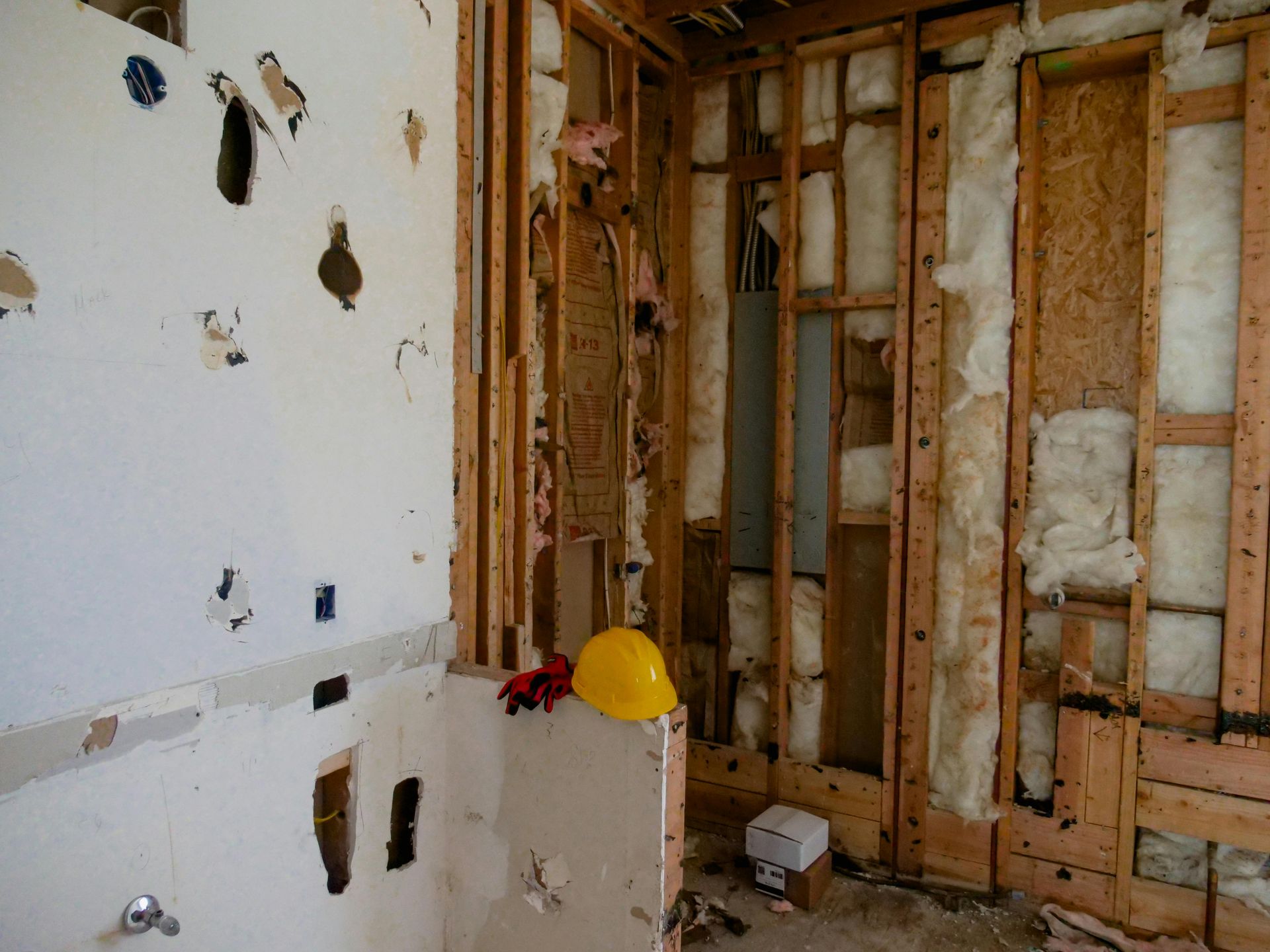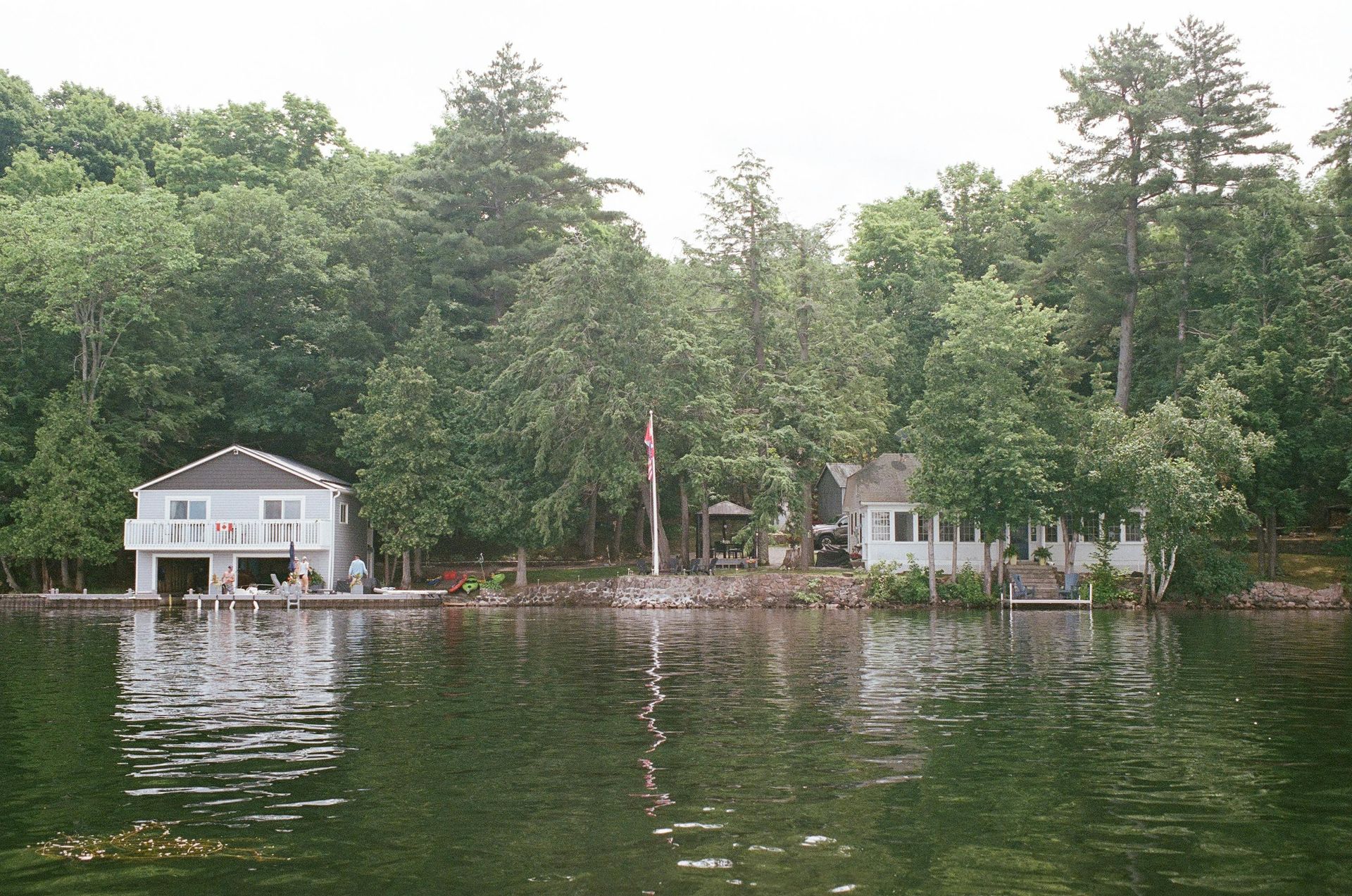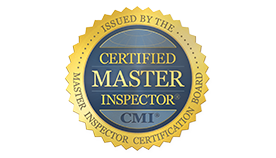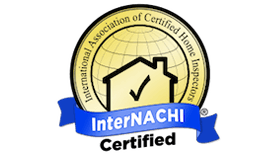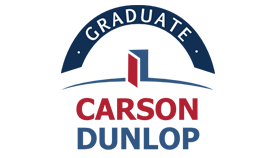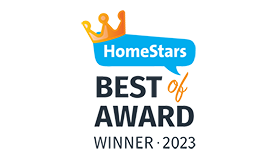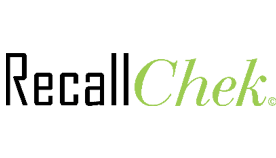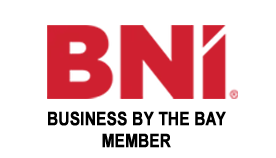The Evolution of Home Inspections
How Technology and Trends
Are Transforming the Industry
Home inspections have become an essential part of the real estate process, ensuring that buyers make informed decisions and sellers understand the condition of their properties. As Home inspectors in Southern Ontario, this is something we understand firsthand. While the concept of home inspections is not new, the methods, technologies, and trends shaping the industry have evolved over the past few decades. This blog post explores the evolution of home inspections and the innovative changes currently transforming the industry.
A Historical Perspective
Home inspections have roots that date back centuries, but they gained prominence in the 1970s. Initially, the process was quite basic, with inspectors relying on their experience and intuition to assess a property's condition. The growing complexity of homes and the increasing awareness of potential liabilities led to the establishment of more formal inspection standards and the rise of specialized home inspection companies.
By the 1980s and 1990s, the industry began to mature, with many inspectors obtaining certifications and adhering to standardized practices. As the market expanded, so did the demand for thorough inspections that went beyond just structural safety. Today, home inspections encompass a wide range of evaluations, including electrical, plumbing, HVAC systems, and environmental concerns, to name a few.
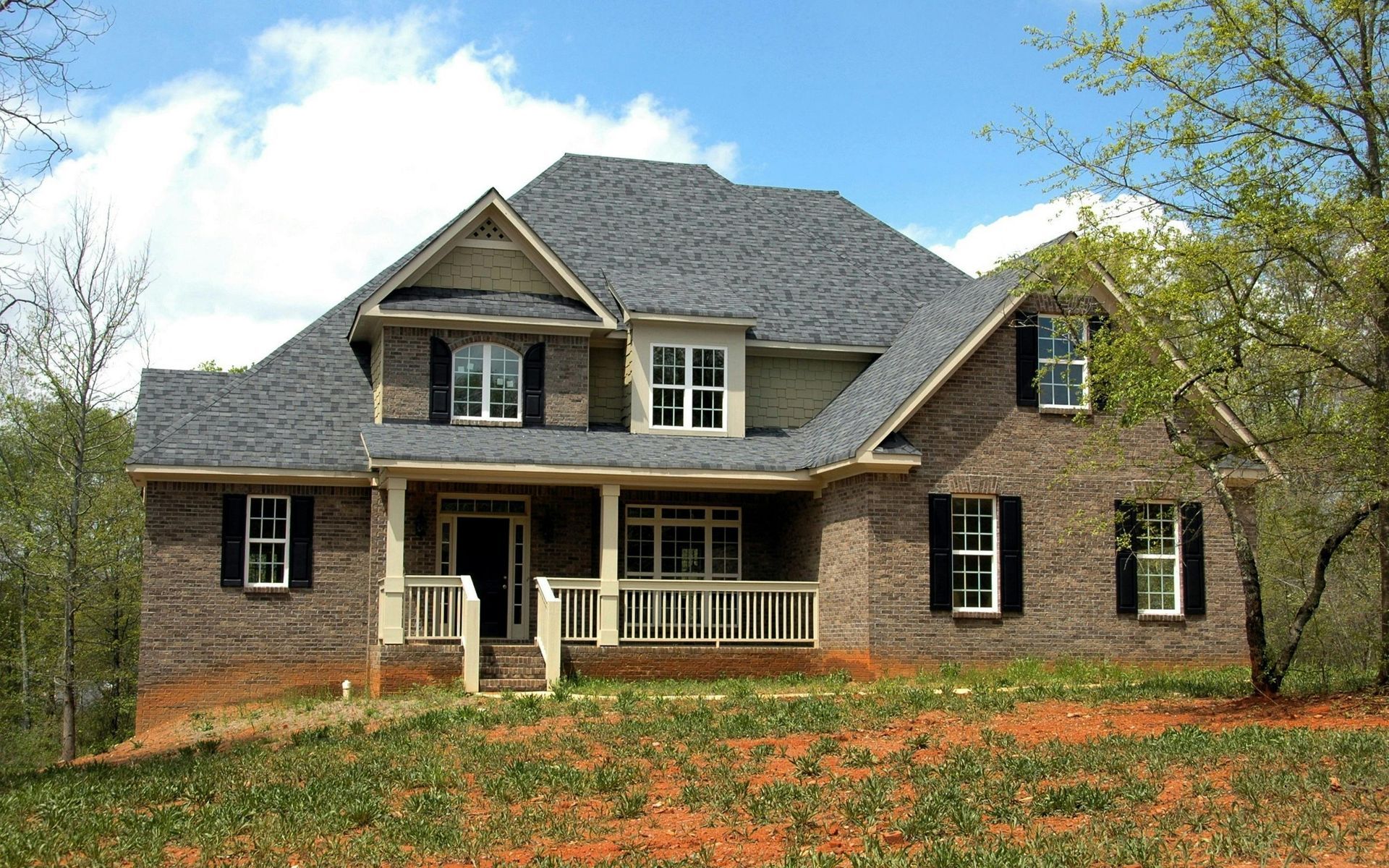
The Role of Technology
Digital Reporting
One of the most significant advancements in home inspections has been the transition from paper-based reports to digital documentation. Inspectors now use tablets and smartphones to create comprehensive reports on-site, allowing for real-time updates and increased efficiency. These digital reports often include high-resolution photographs, videos, and detailed descriptions, making it easier for homebuyers to understand the condition of a property.
This shift not only enhances communication but also improves efficiency. Inspectors can quickly document findings, reducing the time it takes to complete a report. Clients benefit from receiving a professional, easily digestible format that they can reference long after the inspection is complete.
Drones
Drones have revolutionized the way home inspectors assess properties, particularly roofs and hard-to-reach areas. With aerial imagery, inspectors can capture quality images and video footage that provide a comprehensive view of the property's condition. This technology improves safety by minimizing the need for ladders and scaffolding, allowing inspectors to evaluate large properties without risk when required.
Drones are especially useful for inspecting roofs in poor condition or when access is limited due to weather. They can identify issues like missing shingles, structural damage, and even potential pest infestations, which might go unnoticed during a traditional inspection.
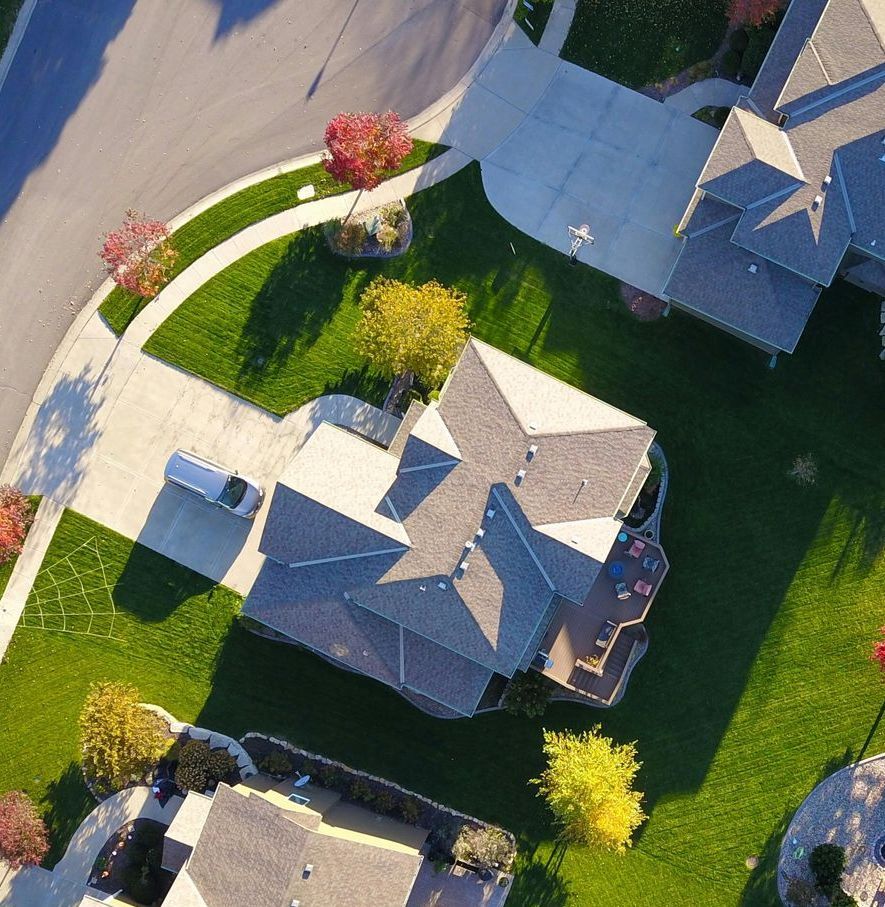
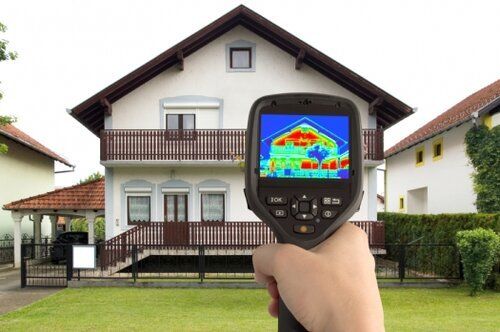
Thermal Imaging
Thermal imaging technology has become a game-changer in the home inspection field. Inspectors can use thermal cameras to detect hidden problems that are not visible to the naked eye, such as moisture intrusion, insulation gaps, and electrical issues. By identifying these problems early, homebuyers can avoid costly repairs down the line making this a massive contribution to the field.
This technology enhances the inspection process, providing a deeper analysis of a home’s condition. For instance, thermal imaging can reveal leaks behind walls or ceilings, helping buyers understand the full scope of potential repairs before making a purchase.
Moisture Meters
Moisture meters have emerged as essential tools in the inspector’s toolbox, allowing for accurate assessments of moisture levels within walls, floors, and ceilings. This technology is particularly valuable in regions prone to flooding or where mold growth is a concern. By identifying moisture issues, inspectors can provide clients with critical information about the home’s health, enabling them to make informed decisions.
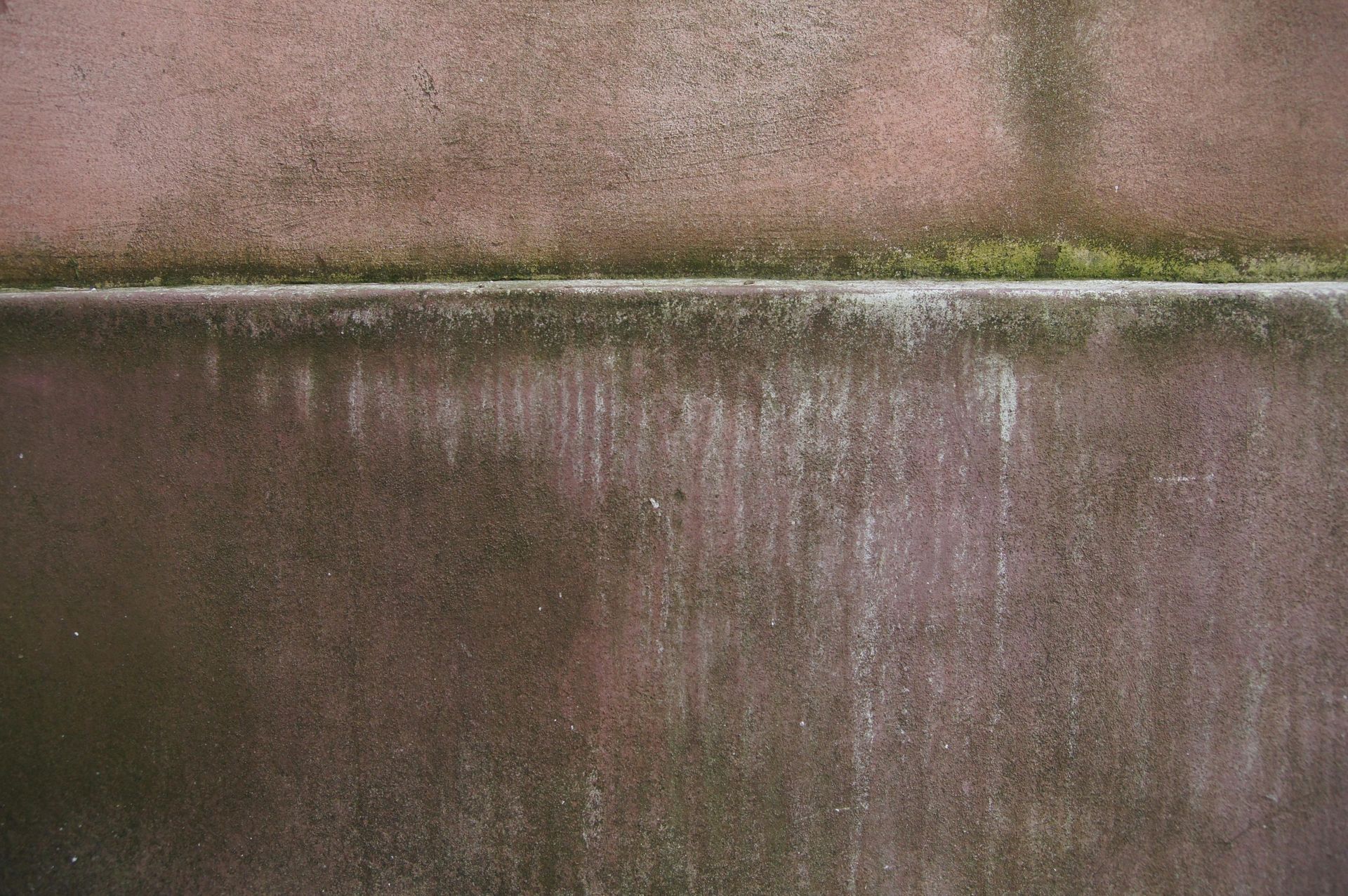
Current Trends in Home Inspections
Increased Focus on Sustainability
With the growing emphasis on environmental sustainability, home inspections are adapting to include evaluations of energy-efficient systems and sustainable building practices. Inspectors are now trained to identify energy-efficient features like solar panels, energy-efficient appliances, and insulation quality. This trend not only helps buyers make informed choices but also supports sellers in showcasing their homes’ energy efficiency credentials.
Pre-Listing Inspections
In today’s competitive real estate market, sellers are increasingly opting for pre-listing inspections. By addressing potential issues before listing their homes, sellers can enhance buyer confidence and potentially increase property value. This proactive approach can lead to smoother transactions, reducing the chances of renegotiation or deal fallout due to undiscovered problems.

Enhanced Training and Certification
As technology continues to evolve, so does the need for ongoing education in the home inspection field. This commitment to education ensures that inspectors are well-equipped to meet the changing demands of the industry, ultimately benefiting clients through more comprehensive and informed evaluations.
The evolution of home inspections reflects the industry's adaptability to new technologies and trends.
As digital reporting, drones, thermal imaging, and moisture meters become standard tools, home inspectors can provide more accurate and detailed evaluations. Furthermore, the focus on sustainability and the rise of pre-listing inspections indicate a shift toward a more proactive and informed approach in real estate transactions.
For homebuyers, sellers, and real estate professionals, understanding these changes can lead to more confident decisions and smoother transactions. As we look to the future, one thing is clear:
the home inspection industry is on the brink of even greater innovation, enhancing the overall experience for everyone involved in the home buying and selling process.

Spring is the perfect time to give your home the attention it needs after the harsh winter months. Winter’s extreme weather of snow, ice and freezing temperatures—can take a toll on your home’s exterior and even cause hidden damage to the interior. A spring home inspection can help you spot potential issues before they become costly repairs. Below are the top 10 home maintenance tasks you should prioritize this spring to ensure your home stays in top condition:

